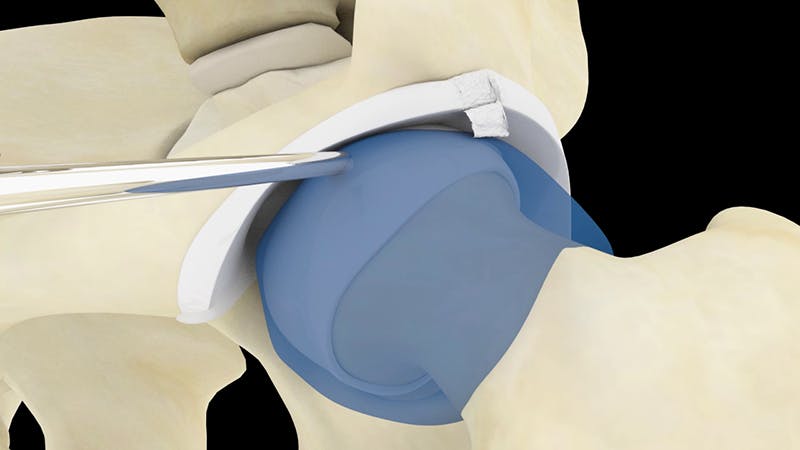Childhood is associated with animated animals and creatures weaving stories full of fun, frolic, and laughter. There was a time when these animations were only two dimensional, or let us say 2-D. The world of animation has evolved since then. Technology has come a long way and today we have animated films which are very close replicas of the real world. All animations have a depth that was missing earlier. Today animations are three dimensional, or as is popularly called, 3-D.
What is 3-D animation?
Animation is all about combining a series of images of objects and creating an optical illusion of these objects in motion. When this is done using 3-D graphic models, it leads to 3-D animation. Thus, 3-D animation is a computer-generated imagery (CGI) of objects placed in a digital environment.
Benefits of 3-D animation in learning and training
Concepts can be taught in multiple ways with the help of different types of media. The traditional method relied heavily on books. While books can pack in loads of information and knowledge, the advantages of the digital medium cannot be overlooked.
-
Content comes alive
As a medical student you are learning about the root canal procedure in dentistry. Which of the two would you prefer—to read about its description in a book or watch an animation of the procedure with supporting narration? Most likely, the second option, as it will give you a real life-like experience of seeing it being performed before you live (Figure 1).
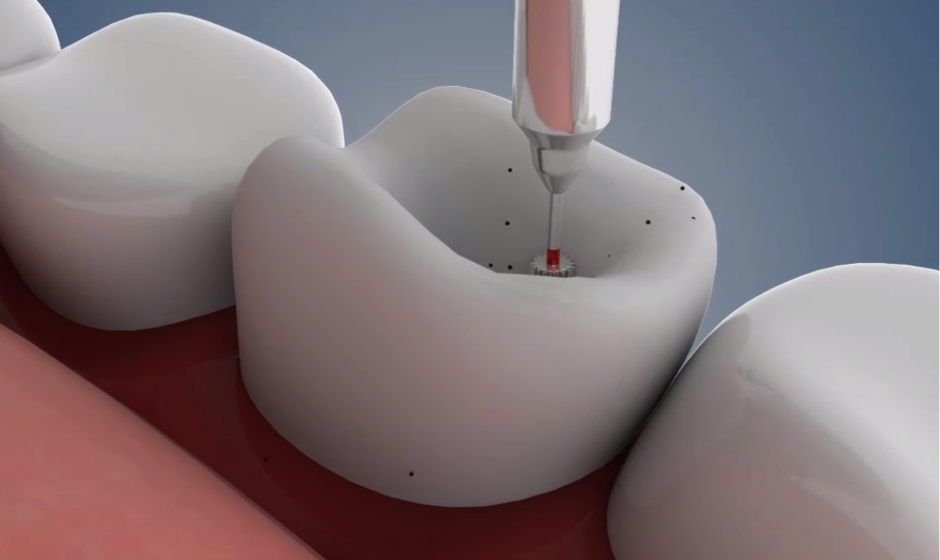
Figure 1: 3-D animation visualizing a dental procedure
If we consider this from a teacher’s perspective, the 3-D option will be preferable. A show-and-tell will be easier to ensure understanding than merely reading from a book. The same goes for all other areas of learning—be it in school, university, or even in office.
-
Concepts simplified
How does one explain the functioning of the heart to students (Figure 2)? Textbooks are, no doubt, an invaluable source of knowledge but when accompanied with a 3-D animation video of the heart functioning, a complex process becomes much easier to understand.
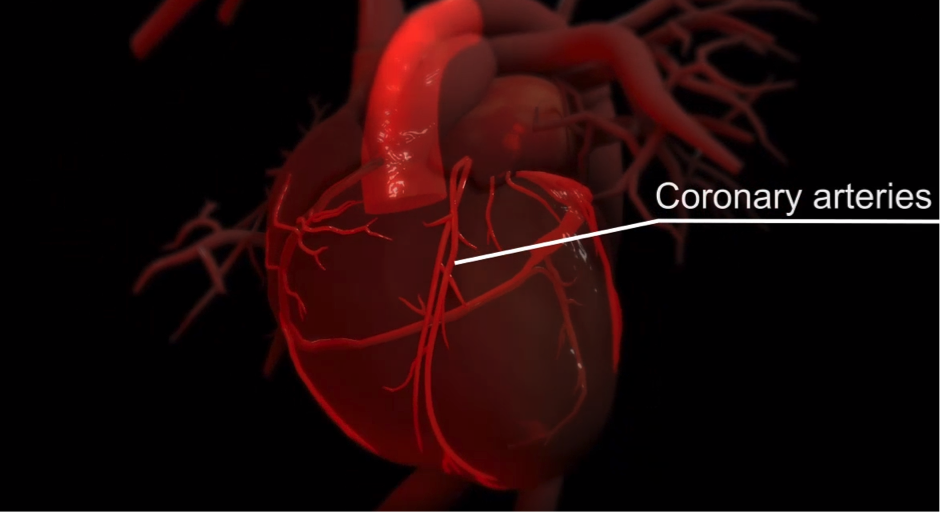
Figure 2: Functioning of heart explained through 3-D animation
3-D animation replicates practical experience. Its significance takes a leap when paired with a VR environment enabling learners to perform and practice processes.
-
Easily understood
When a concept—be it simple or complex—is explained in an effective and engaging manner, it becomes easy to remember. Using 3-D animation, we can replicate the concept visually and through audio narratives, additional supportive explanation can be provided. In fields like medicine, which require comprehensive study, this can be particularly useful since 3-D animation has an edge over verbal or static visual content. To an aspiring doctor, an animation of how a person suffers a heart attack can help him/her better understand the condition (Figure 3).
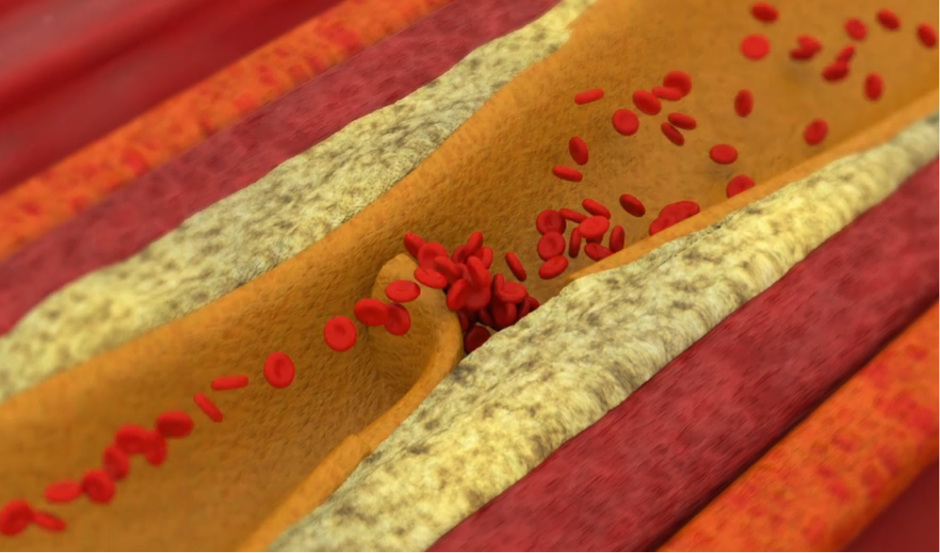
Figure 3: Animation showing how a coronary blockage occurs
3-D animation replicates practical experience. Its significance takes a leap when paired with a VR environment enabling learners to perform and practice processes.
-
Application based
When a learner has to acquire new knowledge of tools, places, or objects—in any field and in any industry—3-D animation can be of immense help. With the help of 3-D animation every learner can be given a real life-like experience. These animations can be reused in interactions and create interactive practice content for learners (Figure 4).
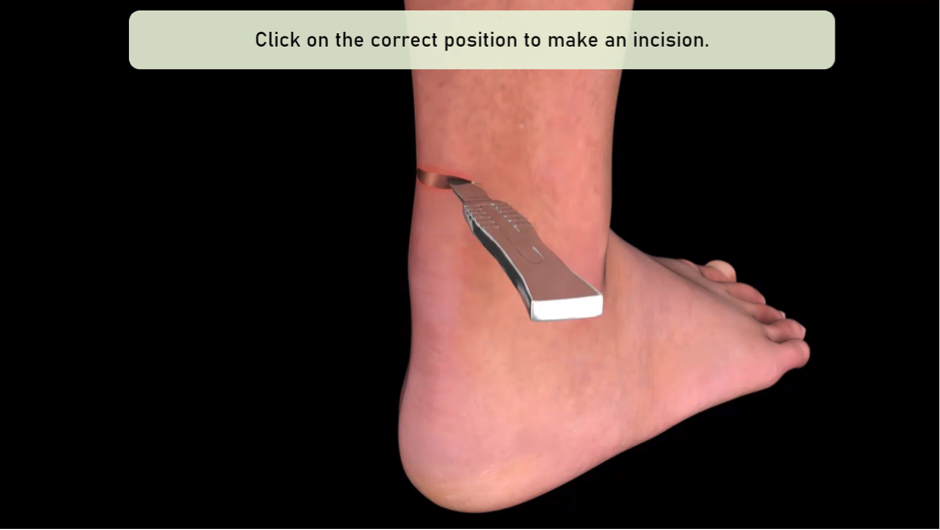
Figure 4: Animations are used for interactive contents to practice surgical procedure
3-D animations are widely used in immersive learning solutions (3-D interactive training, AR, VR, virtual environments) to teach and provide learners with an environment to practice their skills in a virtual world. One significant advantage of this is that a mistake made here would not have any consequences in real life, making it absolutely safe to take risks and learn from mistakes.
-
Simulating
Animation is used in all kinds of simulation environments to replicate the real-world experience. Flight Simulator enables the pilot to control the plane in a virtual environment before flying a real plane. This omits any risk of accident, as well as saves time and resources. In a simulating environment, we define the animations to perform as per the user’s input. This creates infinite number of possibilities and subsequent animations.
Performing a surgery on a real patient can be dangerous if the student does not have enough experience. Using 3-D animations in a simulating environment, we are able to replicate the surgical procedure that lets the student practice the surgery (Figure 5). This is risk-free and can be performed multiple times to acquire the muscle memory. Simulations can be applied to various fields of study—space, aviation, mechanics, medicine, and surgery being some noteworthy ones.
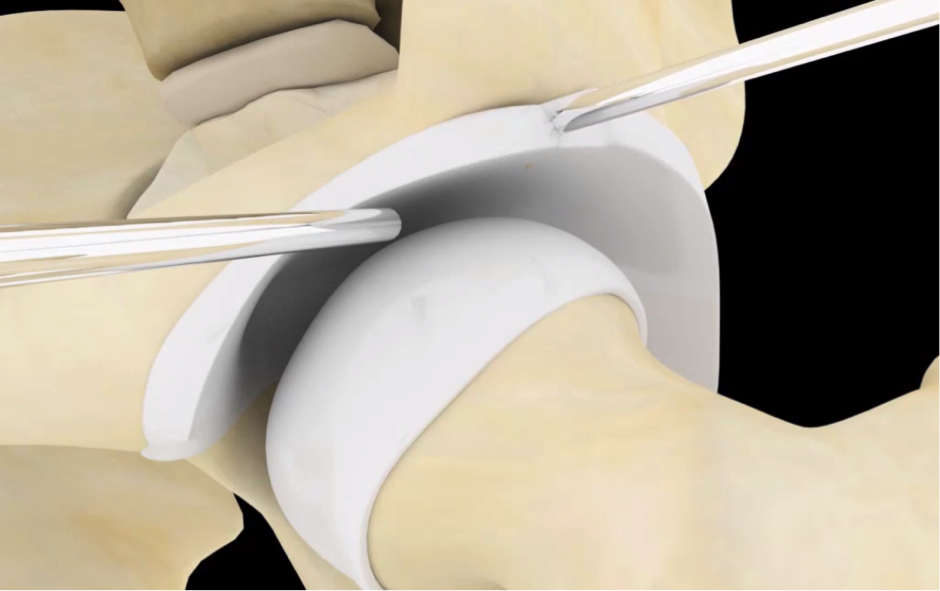
Figure 5: Arthroscopic surgery being visualized in 3-D animation
When it comes to imparting a lesson one of the biggest challenges is to keep the learner engaged. With 3-D animation this problem has been taken care of to a great extent. Animated videos always attract attention and when there is a concept or idea being conveyed through it, it is difficult to lose interest and let the mind wander off. There are few factors that increases the engagement of the learners. Organic animation is one of them. When the movement and motion is exactly similar to live creatures, the animation content becomes more engaging (Figure 6). This is why animation sequences like walking, lip-syncing, and hand movement take lot of effort and polishing to bring about that real life-like feeling.
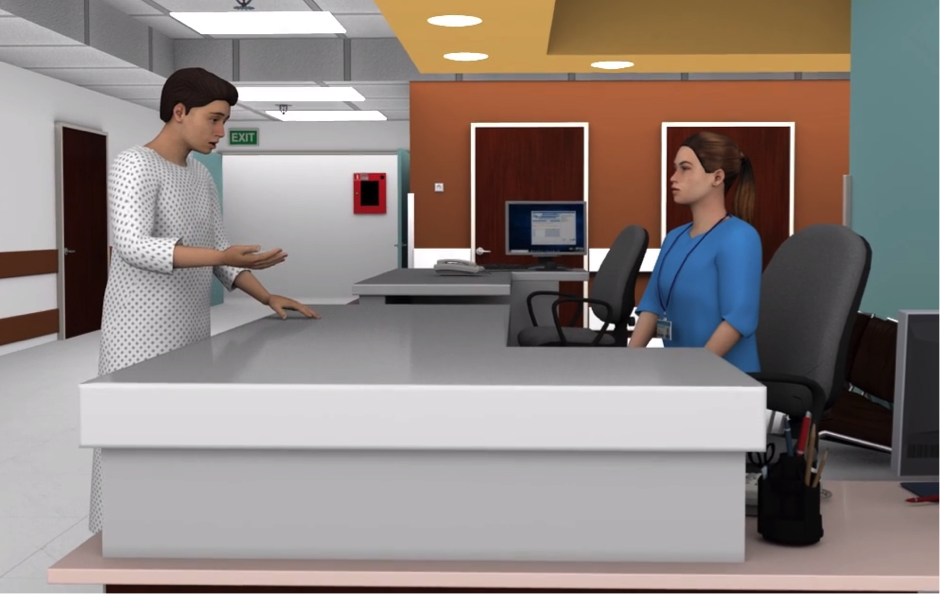
Figure 6: 3-D characters are animated replicating the human body movements
Another important aspect of animation is replicating the physics of the real-world. This involves implementing attributes like gravitation and force in object movements and collisions. Without these two attributes it is not possible to recreate the actual simulating environments. When objects in a 3-D environment start reacting following these properties, the learner becomes too active and engaged to the scene.
-
More content in less time
When a learner views a 3-D animation in any format (3-D video, interactive training, virtual reality), he/she is not just seeing one object/character or listening to merely one narration. One single frame comprises of the object/character, the surroundings, the aesthetics of the scene and the supporting props. In short, one simple scene in an animated content will convey a host of meanings apart from the single character or concept (Figure 7). In the same amount of time, much more can be learned and experienced.
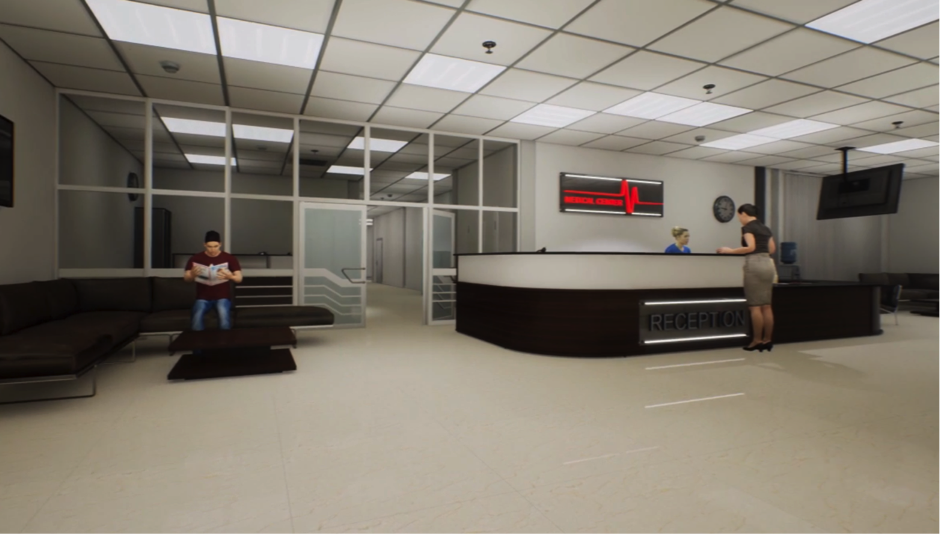
Figure 7: Virtual hospital reception scenario
-
Visual learning
It is a proven fact that the brain processes visual information 60,000 times faster than text. Animation, with the added advantage of 3-D, is not just seeing visuals but experiencing. So, when it comes to learning with the help of experiencing real life-like situations, the impact and retention grows manifold. This is the reason why any practical process or concept taught through 3-D animation or simulation upskills the learner a lot more than textbook instructions. The EKG or ECG procedure displayed in Figure 8 is taught through the help of 3-D animations. This supportive teaching element increases the understanding capability manifold.
It also has immense application in physics and biology, where learners face difficulties to realize the complex process.
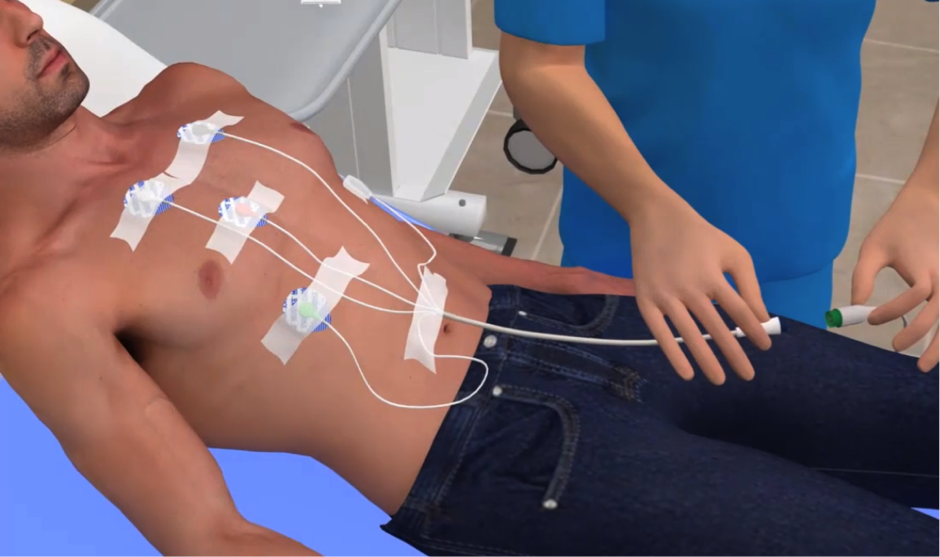
Figure 8: EKG or ECG procedure in 3-D animations
Animation has the power to take one into a fantastical world. There was a time when animation was solely used for entertainment purposes. However, realizing the potential of animation, it is now being used to help learners learn better and educators teach better. Interactive training, VR, AR—all these have a common exclusive element—animation. Without this, no interaction is possible.
It is also true that to create a captivating learning module, animation must be used effectively and this calls for good use of technology available to us. Designers must ensure to create true to life worlds by replicating textures and tones of environments and objects. To compliment the designers, the animators must ensure a smooth rendering. Creating 3-D animation-based learning content can be a tightrope walk but with thorough research and a perfect blend of technology and content, this tricky task can be tackled.
This post was originally published on learningsolutionsmag.com
